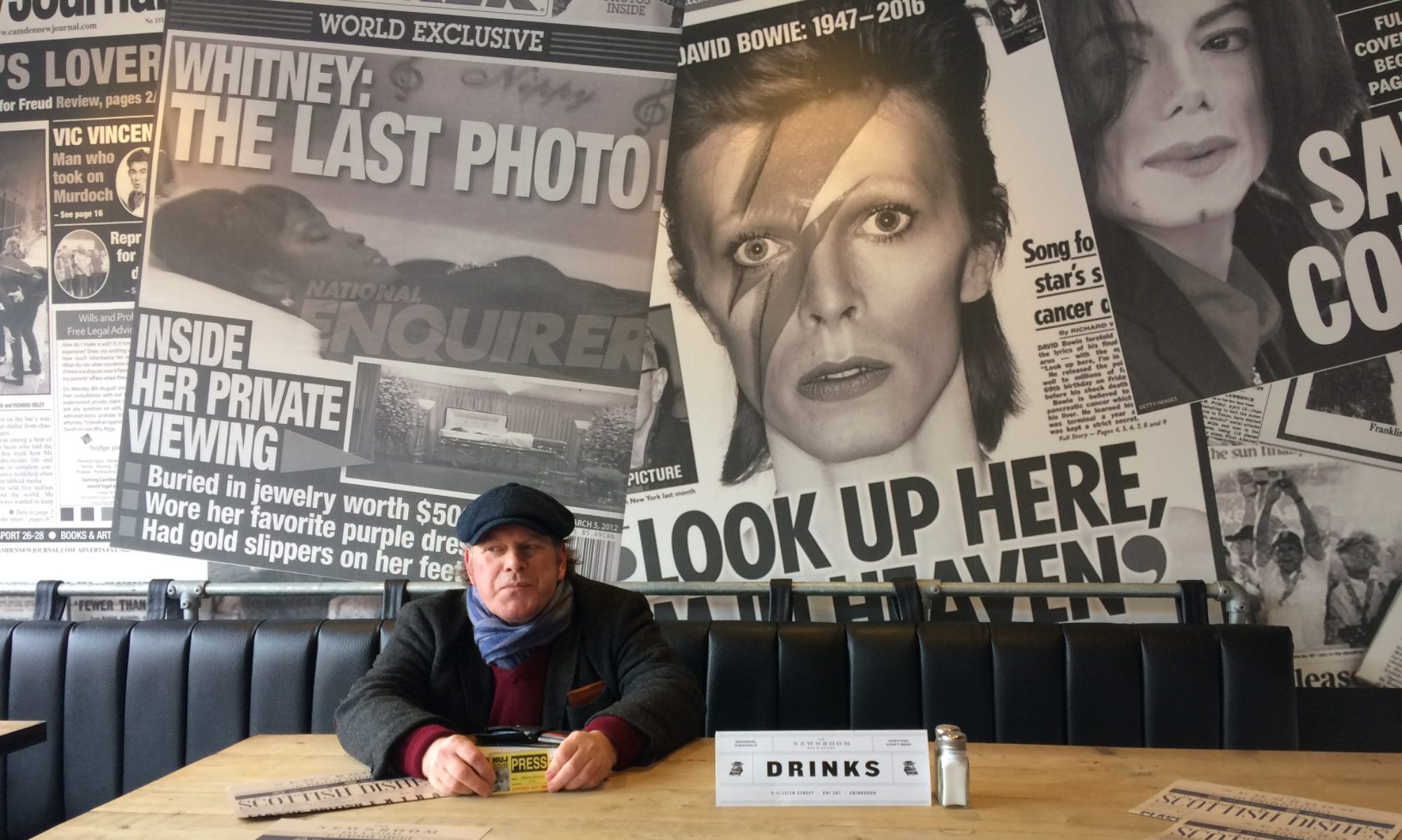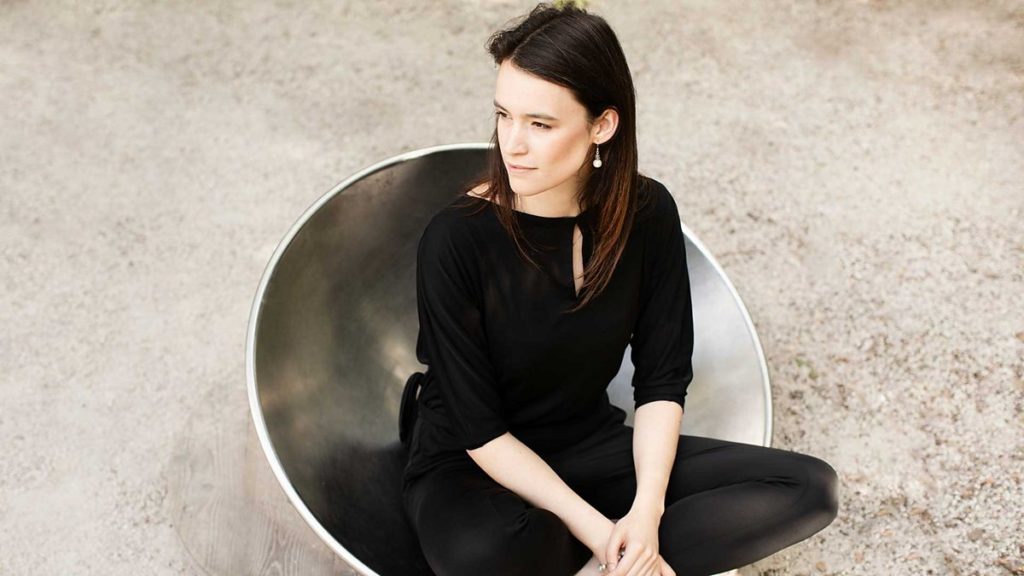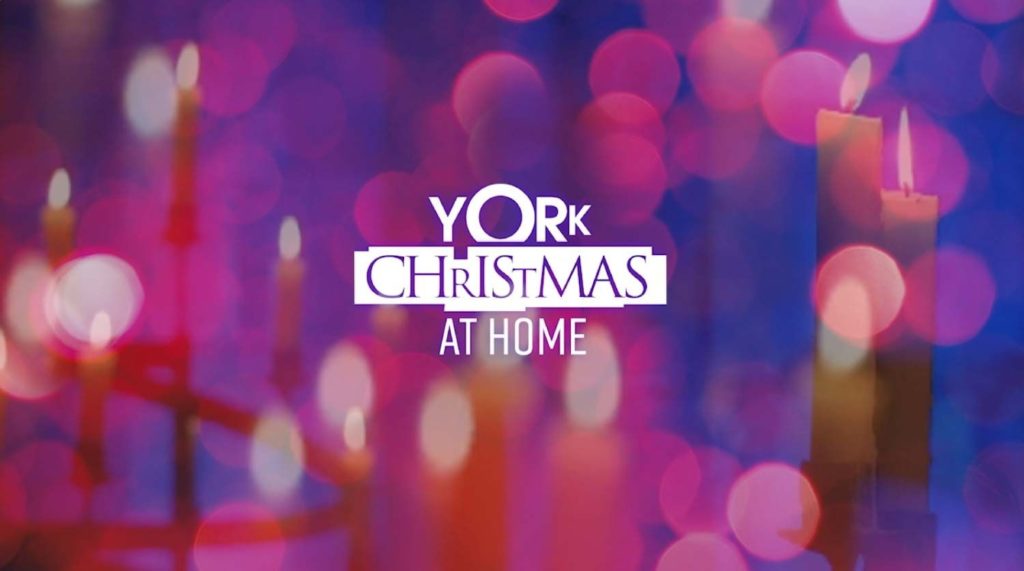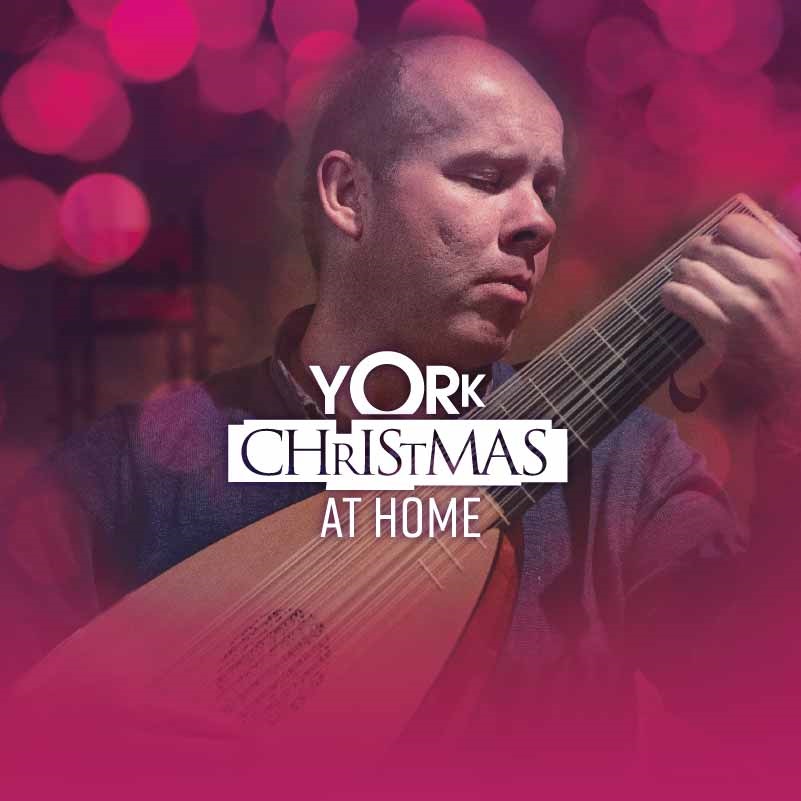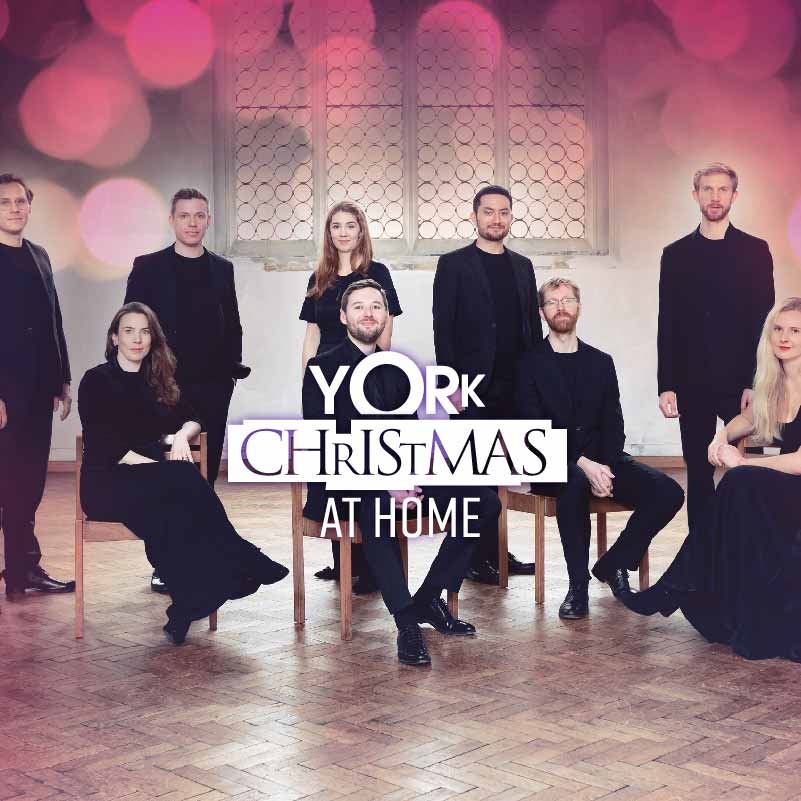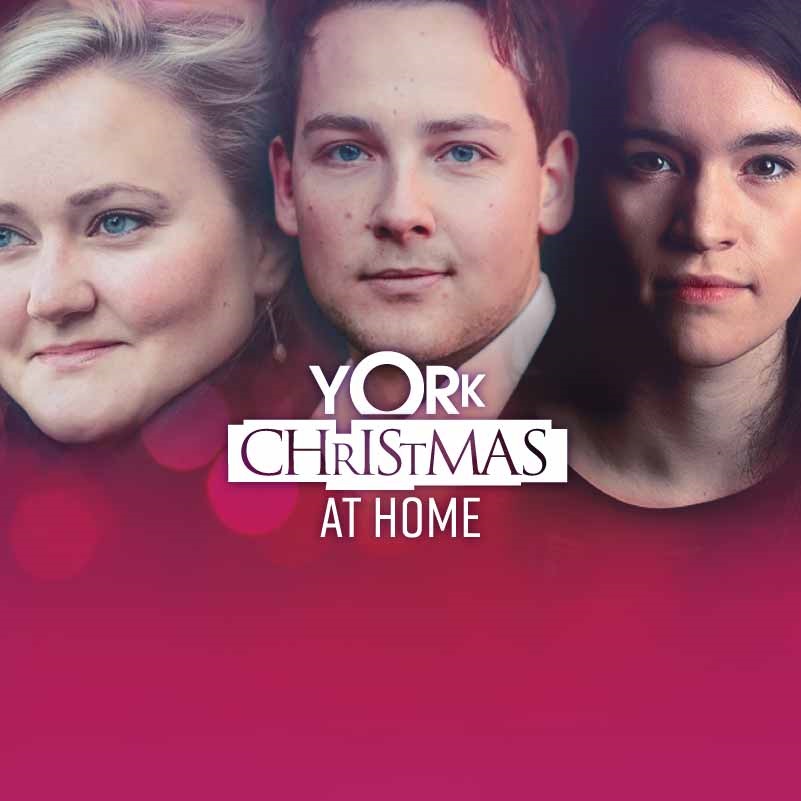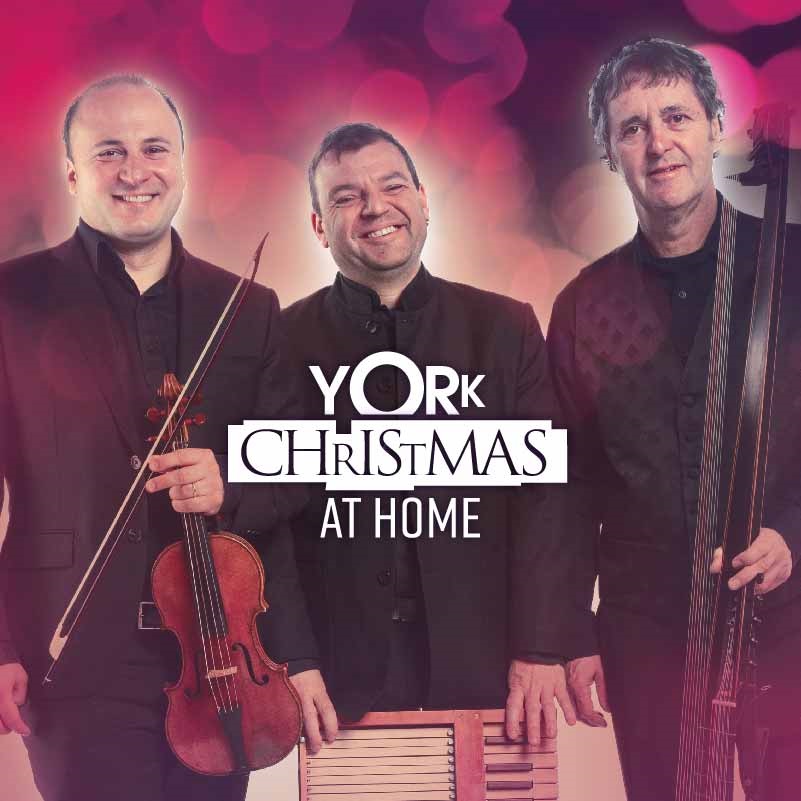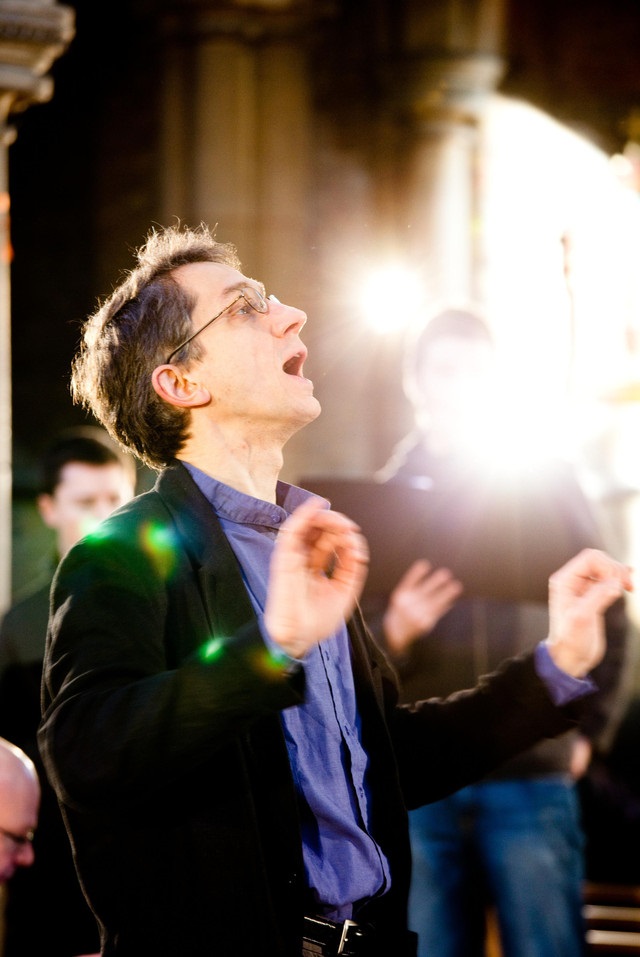
Robert Hollingworth
The 24 & Manchester Baroque, J S Bach’s Mass in B minor, Sir Jack Lyons Concert Hall, University of York, March 28
TOWARDS the end of his life, Bach arranged his Mass in B minor in four sections, one of which, the Sanctus, was premiered on Christmas Day, 1724. So we are entitled to consider that we are now celebrating its 300th anniversary.
We may conveniently ignore the fact that two smaller passages – the Crucifixus (1714) and the Qui Tollis (1723) – were borrowed from earlier works and other parts were added in the 1730s.
Nevertheless, it brings some Lutheran imagination and sparkle to the very centre of the Roman Catholicism of the Dresden court, for which it may well have been intended. There was plenty of sparkle, too, in this account masterminded by Robert Hollingworth, which brought together University of York’s crack chamber choir, The 24 – here expanded to 35 – with the period chamber orchestra Manchester Baroque. It was deservedly a sell-out.
No performance with Hollingworth in charge would be complete without a quirk or two: it is tied into his DNA and can be part of his charm. Two obvious ones occurred in the Credo, where in place of multiple voices in a reverential pianissimo for the ‘Crucifixus’, he gave us the four soloists trying to sound like madrigalists, doubtless in the hope of making a bigger splash when full chorus plunged in at ‘Et resurrexit’.
A little later, he deprived the basses of their famous ‘Et iterum’ passage and assigned it to his soloist, with a consequent loss of excitement.
With one exception, Hollingworth had all the arias and duets sung from deep stage right, well over to the side, rather than centred in front of the choir. Immediacy was lessened. Distractingly, soloists had to emerge from behind the choir whenever required.
These aberrations aside, there was a great deal to admire. Before the interval, the choir sang without scores, which meant their attention to Hollingworth in the Kyrie and Gloria was total.
Even afterwards, when scores appeared intermittently, many singers barely consulted them, an impressive feat of memory that kept the choruses crisp. The choir remained seated for a prayerful ‘Qui tollis peccata’, a nice touch, the next best thing to kneeling.
It would be churlish to offer any criticism of Hannah Davey, the soprano soloist who stepped in at the eleventh hour. She was particularly effective in duet, notably with tenor Matthew Long in ‘Domine Deus’, alongside graceful obbligato flutes.
He blended well with the oboes and bassoon in ‘Et in spiritum sanctum’, making his voice part of the instrumental texture, and kept his tone nicely straight in the ‘Benedictus’.
Martha McLorinan’s mezzo tone admirably suited the ‘Qui sedes’ and she showed a lovely restraint in the moving ‘Agnus Dei’ with full violins in support. Frederick Long was the reliable bass in ‘Quoniam tu solus’.
Hollingworth’s tempos tended towards the brisk, which his choir seemed to relish. So too did the tireless orchestra, whose woodwinds positively danced their way through ‘Et resurrexit’. It typified the joyous aura of the evening.
Review by Martin Dreyer
